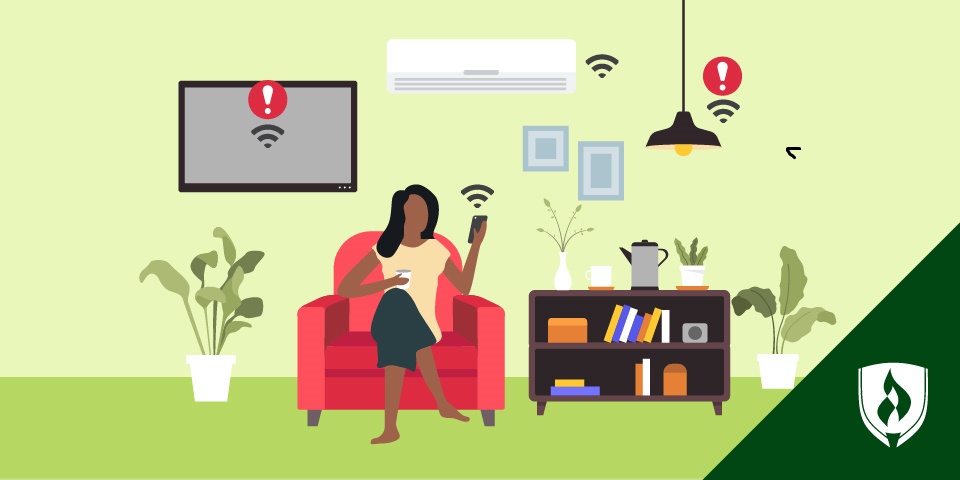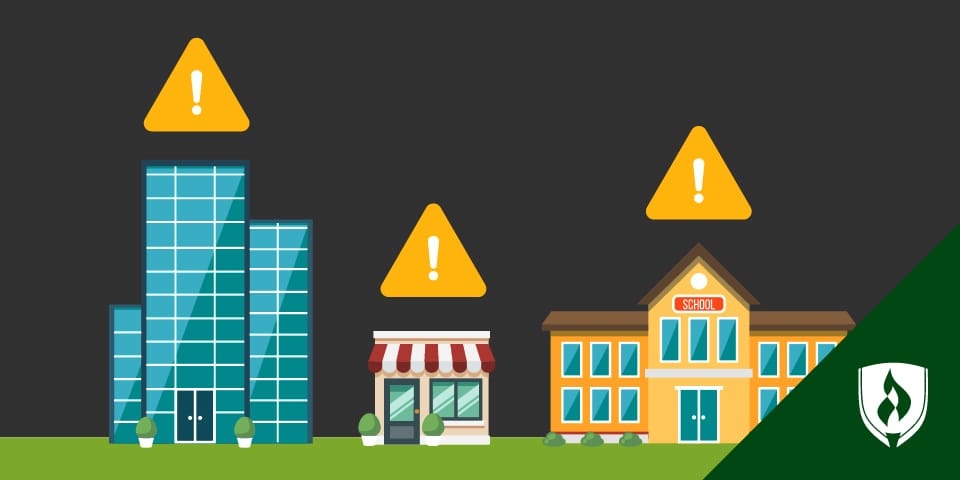Malware seems to be the technology catchphrase nowadays. It is used to describe anything that can take over your computer to use it as a weapon or worse stealing your personal information. Viruses, worms, spyware, Trojan horse viruses, adware, fake virus programs, rootkits, and other programs intended to harm your computer are all malware. They hide themselves in web links, videos, freeware, pictures, and even e-mail from your grandma!
Everyone asks, “What can I do to minimize my chances of getting malware?” Well, the answer is not an easy thing to do with everything that is on the Internet and in our e-mail. If you follow these 10 easy tips you can reduce the chance of getting malware up to 95 percent or more.
1. First and foremost, don’t go to bad places on the web. Wow, that sounds easy, but is it and what is considered bad? Well, this is where you need to use your best judgment. The greatest risks come from adult sites that are constantly being staged for attack. Next are those ads that pop up saying that you won a prize. Search engines unfortunately don’t always check to see if a link is legit. If you do a search look at the links below the titles of the found searches for websites that you know are reputable.
2. Don’t open mail blindly from people or places you don’t know. It seems self-explanatory, but warrants an entry on this list. Those e-mails are not for your benefit – they want your personal information as well as your money. If it is too good to be true it is. Throw it out. It’s just junk.
3. Do not blindly click on links or attachments from friends. If Jane or Joe sends you e-mail with a “Click Here” link, an attachment that you are not sure of, or the subject is something out of the norm from your friend, don’t open or click it. Call them or send them e-mail and ask them if they sent it. That two minutes of caution can save you a day’s worth of agony and $75 from your pocket.
4. Remember to read the little things that pop up when you are downloading a piece of software. Many times the software you get for free to see those videos or enjoy interactive websites is not really free. Programs like Adobe Flash or Java allow other companies to attach additional software that could possibly allow bad things into your computer. Uncheck the little checkbox to install things like MY WEB SEARCH (well known for brining in spam and malware) or that fifth toolbar on your Internet Explorer.
5. If you are using P-2-P sites you are asking them, “Hey, can I download your virus?” You might think you’re getting that free illegal song or video but really more than likely your downloading malware too. Always anti-virus and malware scan every download.
6. Update your doggone PC once in a while. I have seen time after time in over 12 years of fixing viruses and malware that there is one theme in common – no one updates anything. Hackers are creating malware that attacks computers that are not updated. The Code Red virus brought down hundreds to thousands of servers that had not installed an update that came out six months prior. I think some people lost their job on that one.
7. If your computer has a virus remover like AVG or Avira, and a Malware removal program, good for you, but it is useless unless you regularly update it. These programs are constantly sending definition updates or “lists” of the latest malware and viruses. If you do not update those they cannot recognize the newest viruses and malware.
8. Update Microsoft Windows. There is a reason they include a little program called Windows Update. Just like any other program, your operating system needs regular updates. If you own a Mac, Apple also sends regular updates. The updates not only improve your computer’s daily performance, but also provide patches to fix holes in the system. Microsoft posts updates every other Tuesday, while Apple sends them as they are available. The minor once-in-a-while error patch usually gets fixed. So, go ahead and update.
9. Scan your computer once a week with anti-virus and malware software. Scanning regularly will not only verify that your computer is clean but, if updated, it will catch those little pieces of software that will let those big ones in. Pick one day a week when you’re watching your favorite TV show and scan it.
10. Don’t let your kids or friends use your computer. Hey, do you let anyone use your favorite tool or drive your car so that they can break it? You paid hundreds of dollars for that computer, why let everyone and their buddy use it? If you can afford it, pick up a less expensive used computer for under $200. If you can’t, then sit there with your children and teach them what you just learned and you will be better off.
Also Check out our other article, "Privacy Expectations - The New Paradigm" and "Everything You Need to Know About the 'Catastrophic' Heartbleed Bug"




